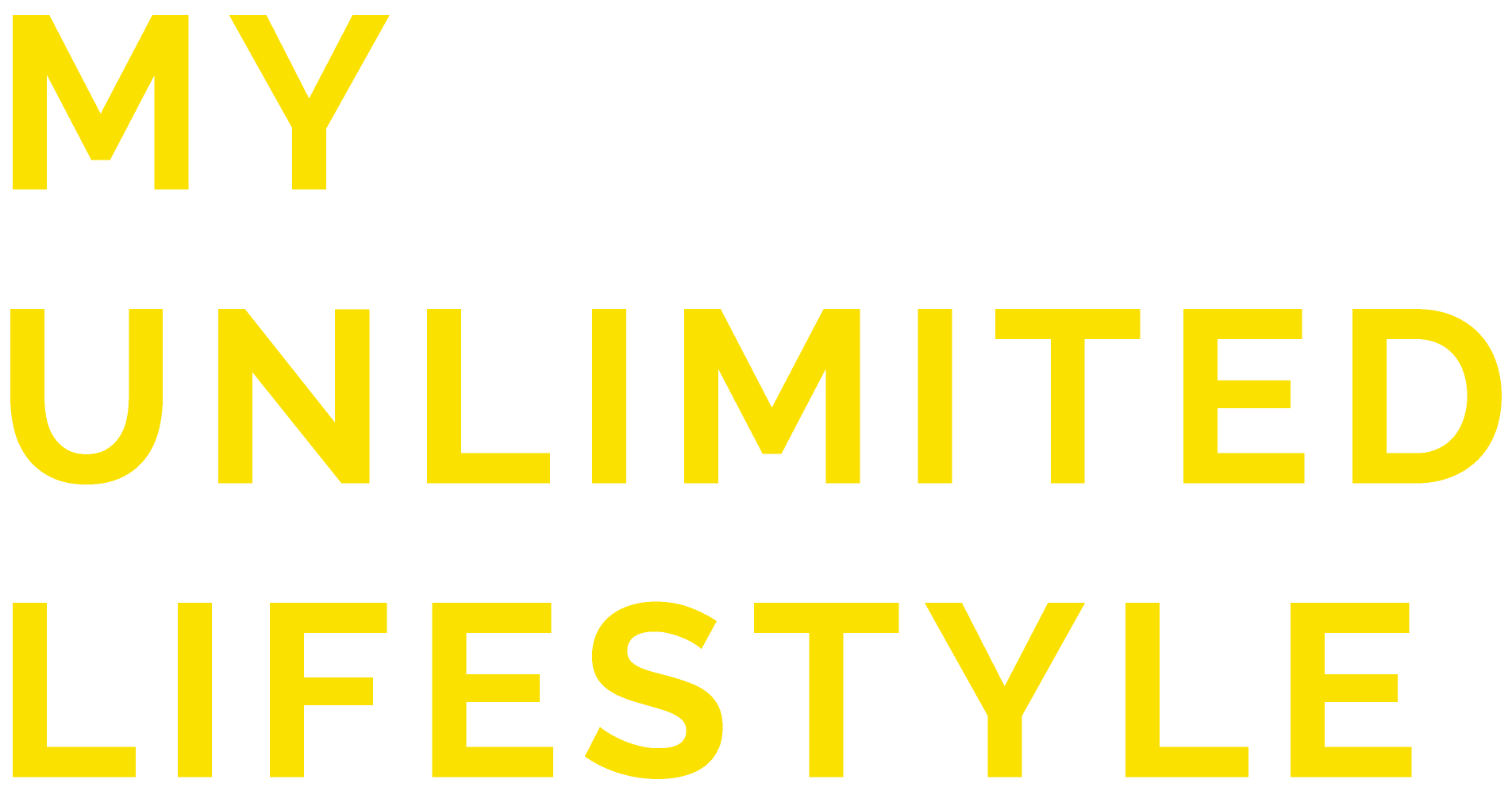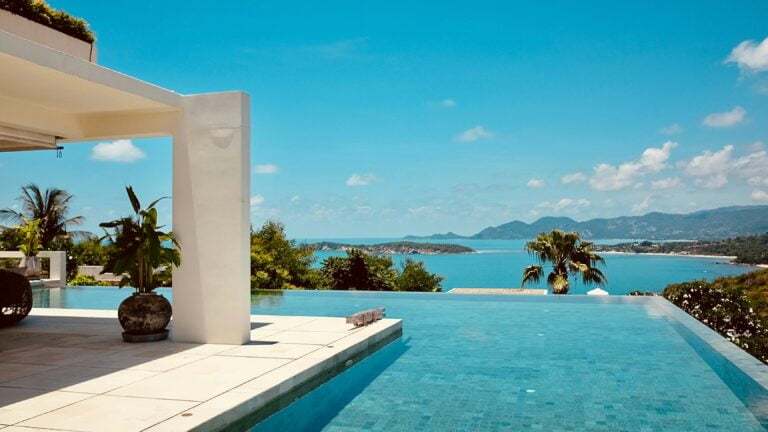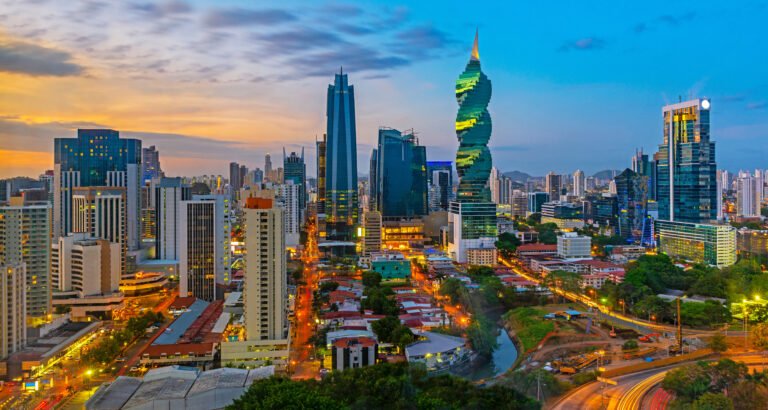Citizenship for Dominica is possible by investment. But what exactly is Dominica? Dominica, the island of the Lesser Antilles in the Eastern Caribbean Sea. It lies between the French islands of Guadeloupe and Marie-Galante in the north and Martinique in the south. The country has been a member of the Community since its independence in 1978.
The island is 47 km long and has a maximum width of 26 km. The primary and main port is Roseau. Dominica’s exceptional natural beauty, especially its spectacular mountain topography, has impressed generations of nature lovers.
Citizenship for Dominica
History
In the 1990 elections, DFP gained a close majority over the Dominican United Workers’ Party (UWP) and the Dominican Labor Party, a left-wing coalition formed by the Dominica Labor Party (DLP) in 1985 and two smaller left-wing parties in the center. (Soon after the merger, the new party continued to use the name Dominica Labor Party.) DFP retained power until 1995 when Charles retired from public life. In the elections that year, UWP won a close victory, and its leader Edison James formed a new government.
In September 1995, Hurricane Luis destroyed almost all the banana plantations on the island. The banana crisis in the next five years damaged the popularity of the James administration. In January 2000, DLP won 10 out of 21 seats in the House, creating a coalition government with DFP, which won two seats. The new Prime Minister was Roosevelt (“Rosie”) Douglas, who died of a heart attack after eight months in office and was replaced by Pierre Charles, Deputy Leader of the DLP, and former Minister of Government. DLP retained a majority in the December elections, in which Douglas’ old parliamentary seat won his nephew Ian Douglas.
Prime Minister Charles died in January 2004, and Roosevelt Skerrit followed. Skerrit, at the age of 31, was the youngest head of government in the world at the time. Under his leadership, Dominica expanded its international alliances. It joined the Bolivarian Alternative for the Americas (created by the Bolivarian Alliance for the Nations of our America since 2009), created by Venezuelan Pres. Hugo Chávez, and in 2011 an economic union with five other members of the Eastern Caribbean States.
In late August 2015, Dominica suffered severe damage from Tropical Storm Erika. Heavy winds and heavy rains caused floods and landslides, destroyed buildings, and killed more than two dozen people. Several communities were destroyed, and Prime Minister Skerrit said the storm had halted the Dominican Development Process by 20 years. On September 18, 2017, Hurricane Maria became the most powerful storm in history that made landfall in Dominica. A Category 5 hurricane caused what Skerrit called “widespread devastation” across the island.
People of island of Dominica
The population is predominantly of African descent, with some Europeans, people from the Indian subcontinent, and Carnaby. Dominica is the only island with a large and distinctive group of Caribbean Indians, descendants of people who inhabited the island before European colonization. Most of the remaining Caribbean, of which only a small number are of Caribbean origin, live on the eastern peninsula of Carib, covering about 3,700 acres (1,500 hectares), and are among the poorest inhabitants of Dominica.
English is the official language, but French patois is commonly spoken, and the original Carib language is registered in several places-names. Most of the population is Roman Catholic, but there are also Methodists, Pentecosts, and Seventh-day Adventists. Dominica experienced an outward migration in the 1970s, a trend that culminated in a massive exodus after Hurricane David in 1979. This wave continued in the 1980s but softened in the 1990s. In 1992, the government launched a controversial scheme to offer “economic citizenship” to investors from other countries.
Religion
Christianity is the majority religion in Dominica. This religion holds about 90% of the population. In Dominica, various denominations of Christianity are active. Roman Catholics and Protestants represent 61.4% and 28.6% of the country’s population. Evangelicalism is the most popular Protestant denomination in the nation. Rastafarians, Jehovah’s Witnesses and others account for 1.3%, 1.2% and 0.3% of the Dominican population. 6.1% of Dominican people are not associated with any religion.
Political situation is good to know for citizenship of Dominica
The constitution adopted in independence secures the president as head of state and the prime minister as head of government. The legislative branch of the government, called the Parliament, consists of a president (ex officio) and a unicameral assembly. Out of a total of 32 members, 21 were elected from district districts; 9, the so-called Senators, are presidential appointments; and 1, the speaker, is elected either from non-cabinet members or from outside the House. The Attorney General is also considered a member of the house. The President is elected by the legislature and the Prime Minister is appointed by the President from among the elected members of the Chamber of Deputies. The Prime Minister manages a cabinet chosen by the President from among the members of the House, but a maximum of three Cabinet members may be senators. The term of office is five years and there is universal suffrage for adults.
Foreign relations
Dominica is a member of the Community, the United Nations, the Organization of American States, the Caribbean Community and the Organization of the Eastern Caribbean States (OECS). Dominica uses the Eastern Caribbean Dollar (EC $), the common currency of the OECS.
Weather / Climate
Dominica has a pleasant climate, especially in the colder months from December to March. High temperatures around 32 ° C. Winter temperatures are mostly low, the average highest is anywhere from 29 to 30 ° C. The dry season is from February to May and the rainy season is from June to October, the most likely period for hurricanes (tropical cyclones). Rainfall varies, in a mountainous interior they are particularly strong. The average annual rainfall on the coast varies from approximately 60 inches (1500 mm) to 145 inches (3,700 mm), but in the mountains the average rainfall can reach 250 inches (6,350 mm).
So this is some of brief description of Dominica which you would like to know before citizenship.






